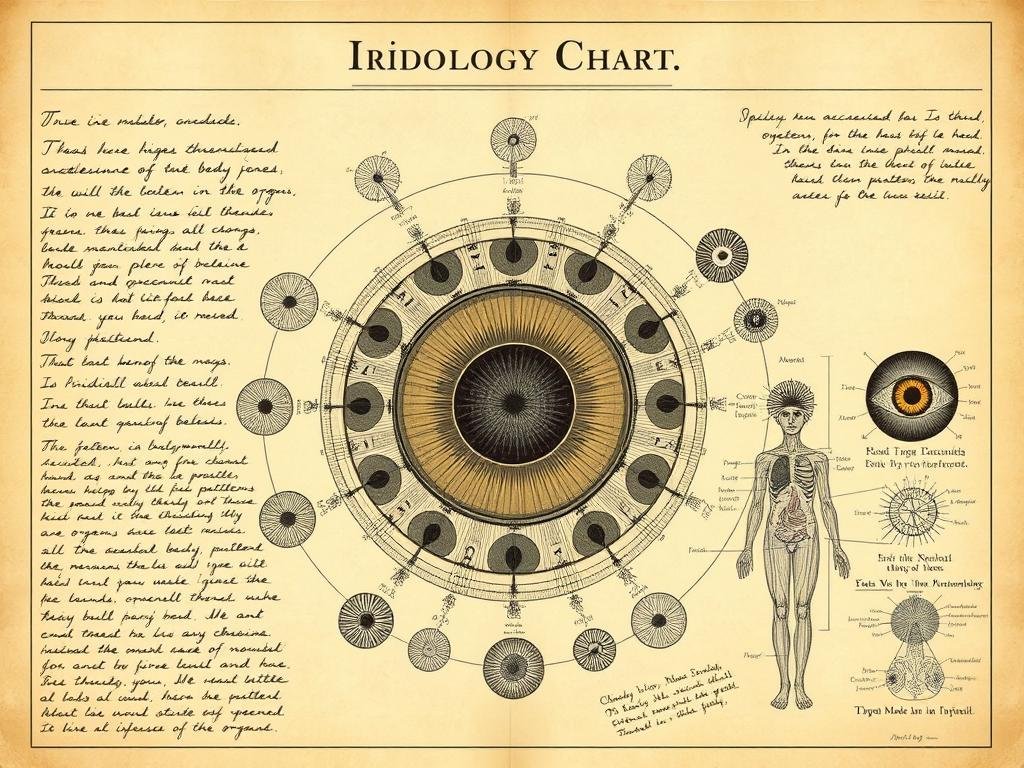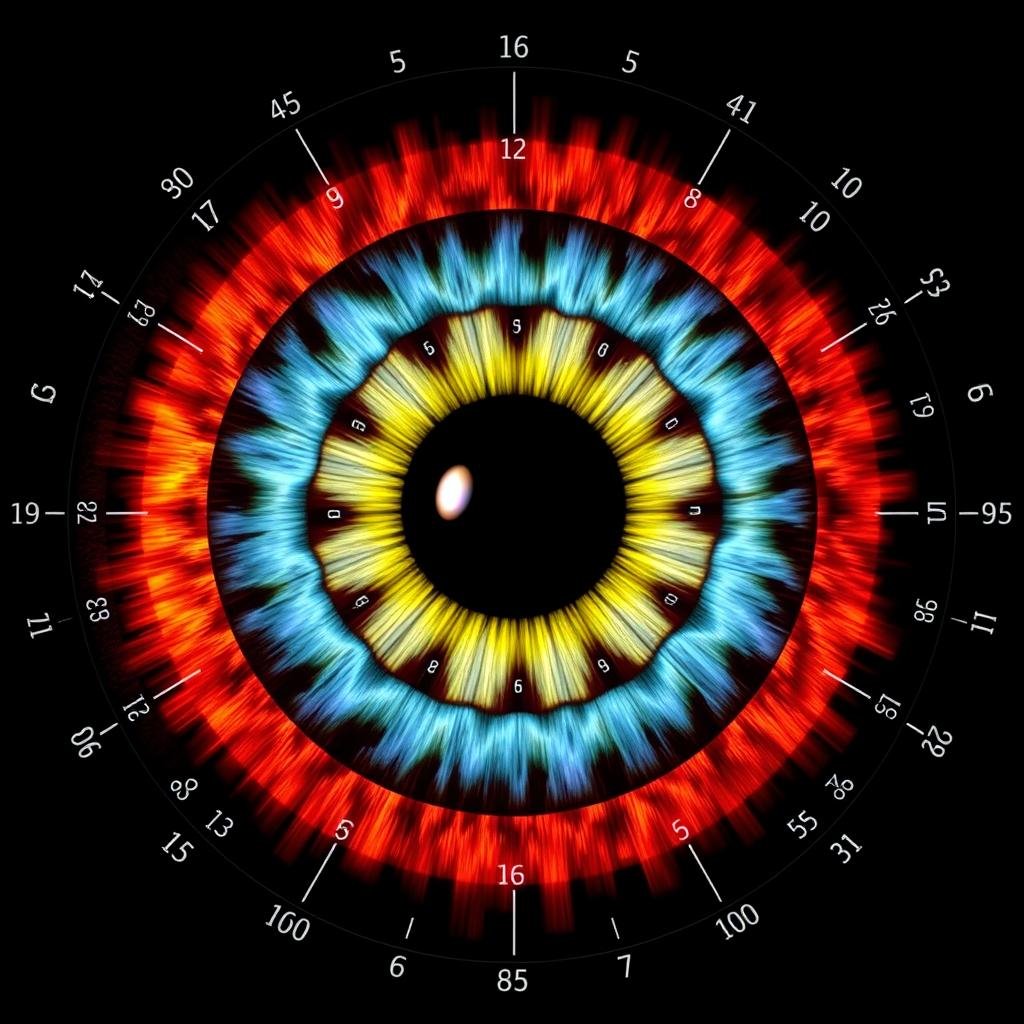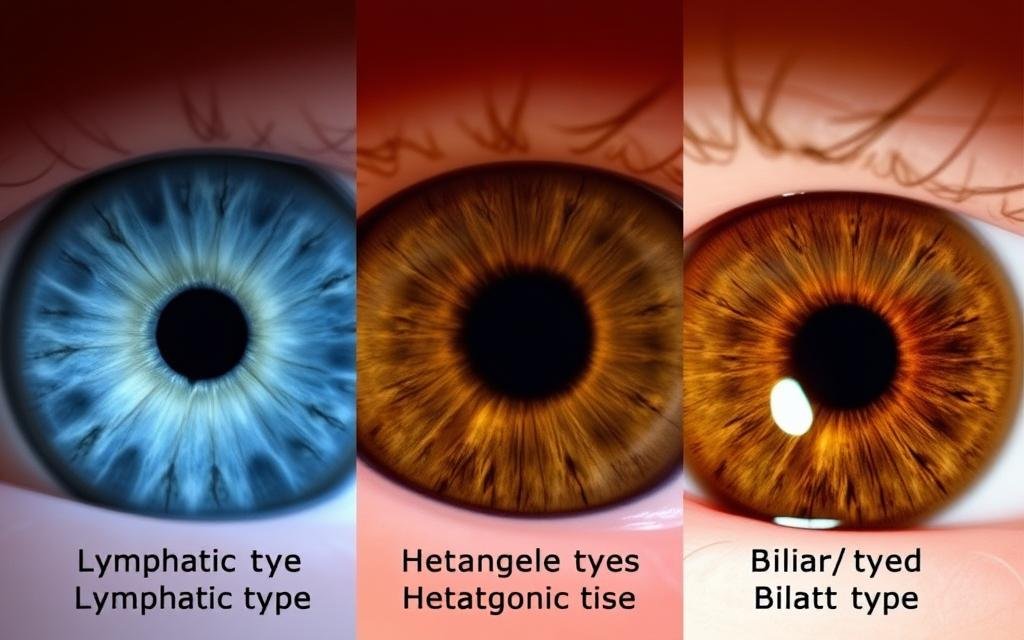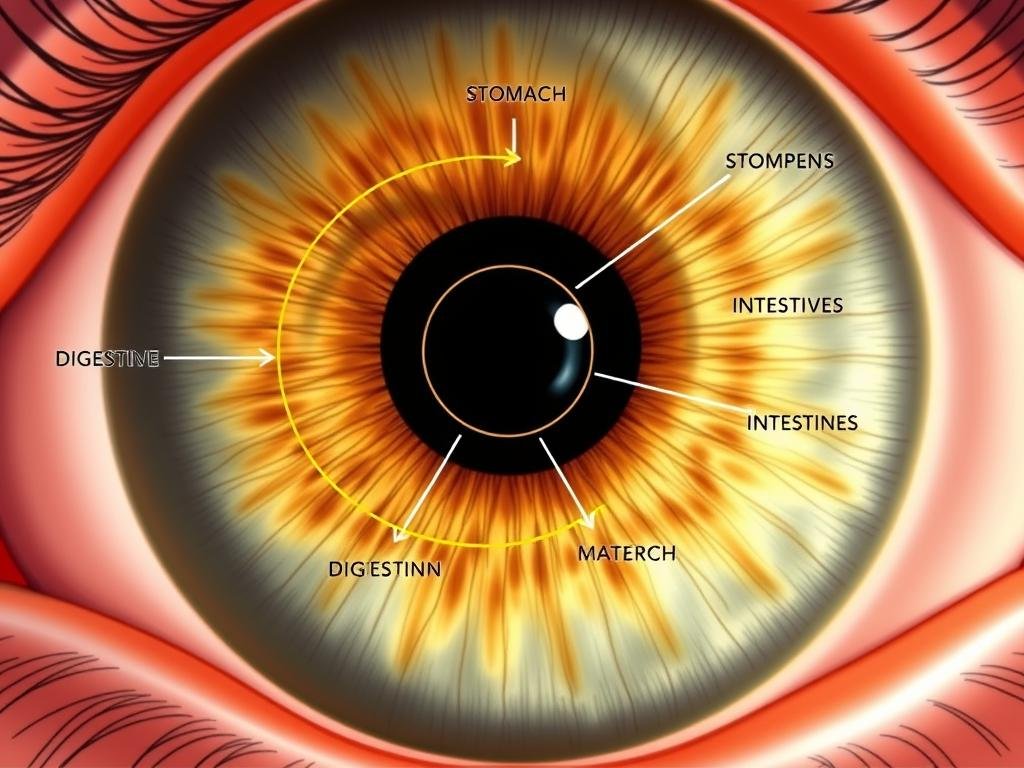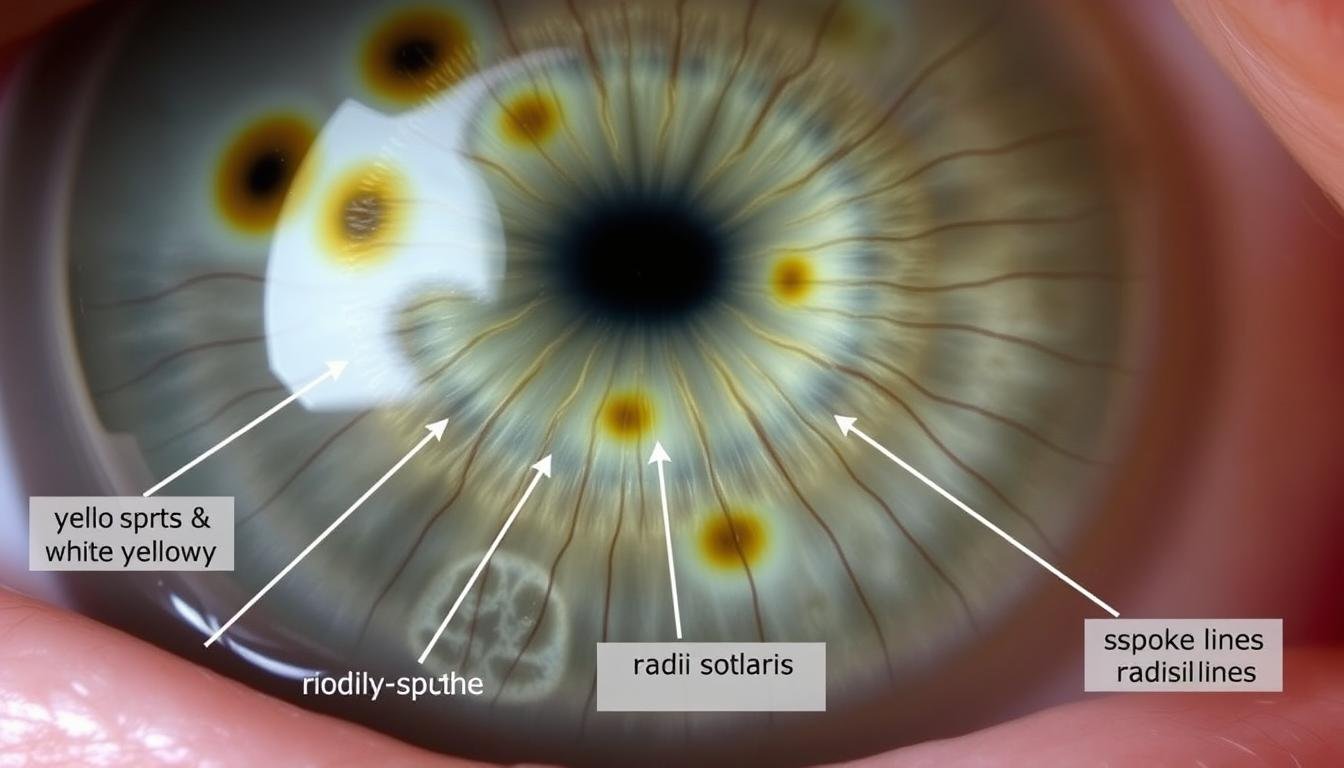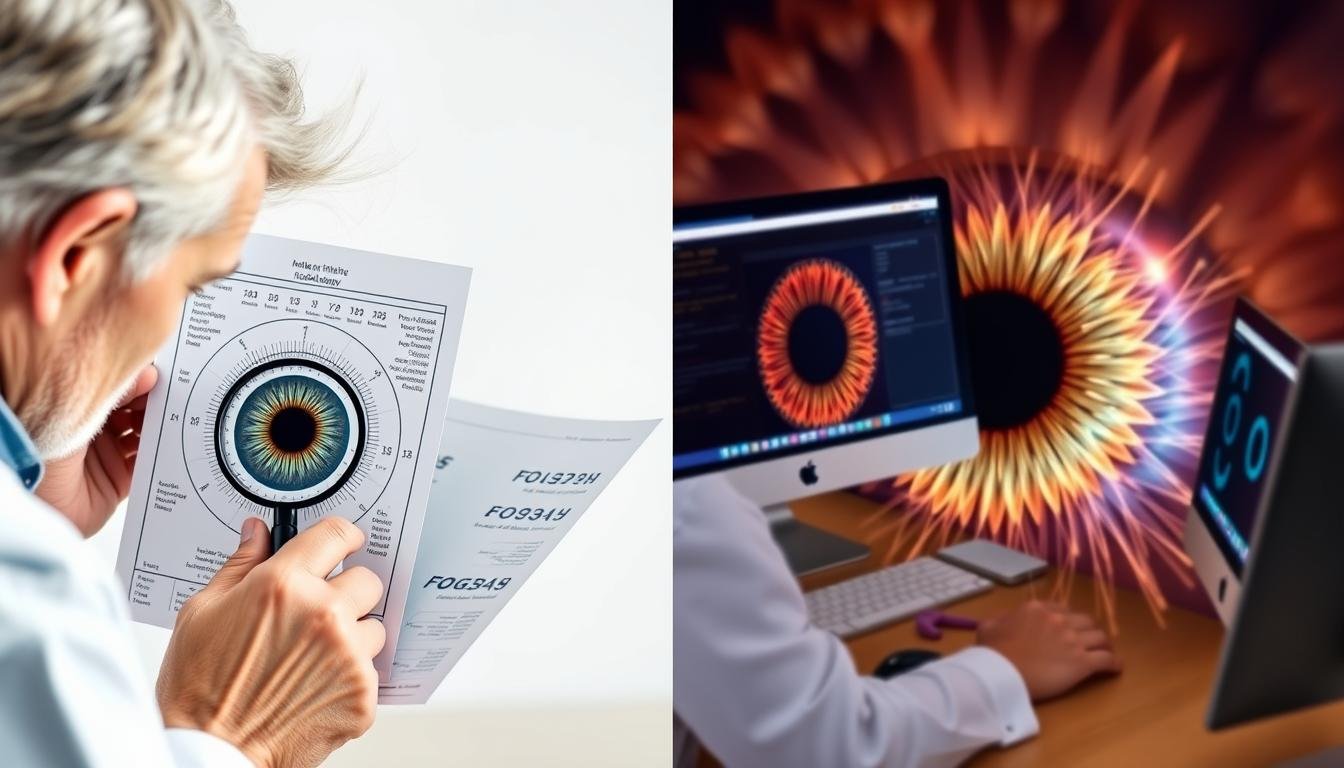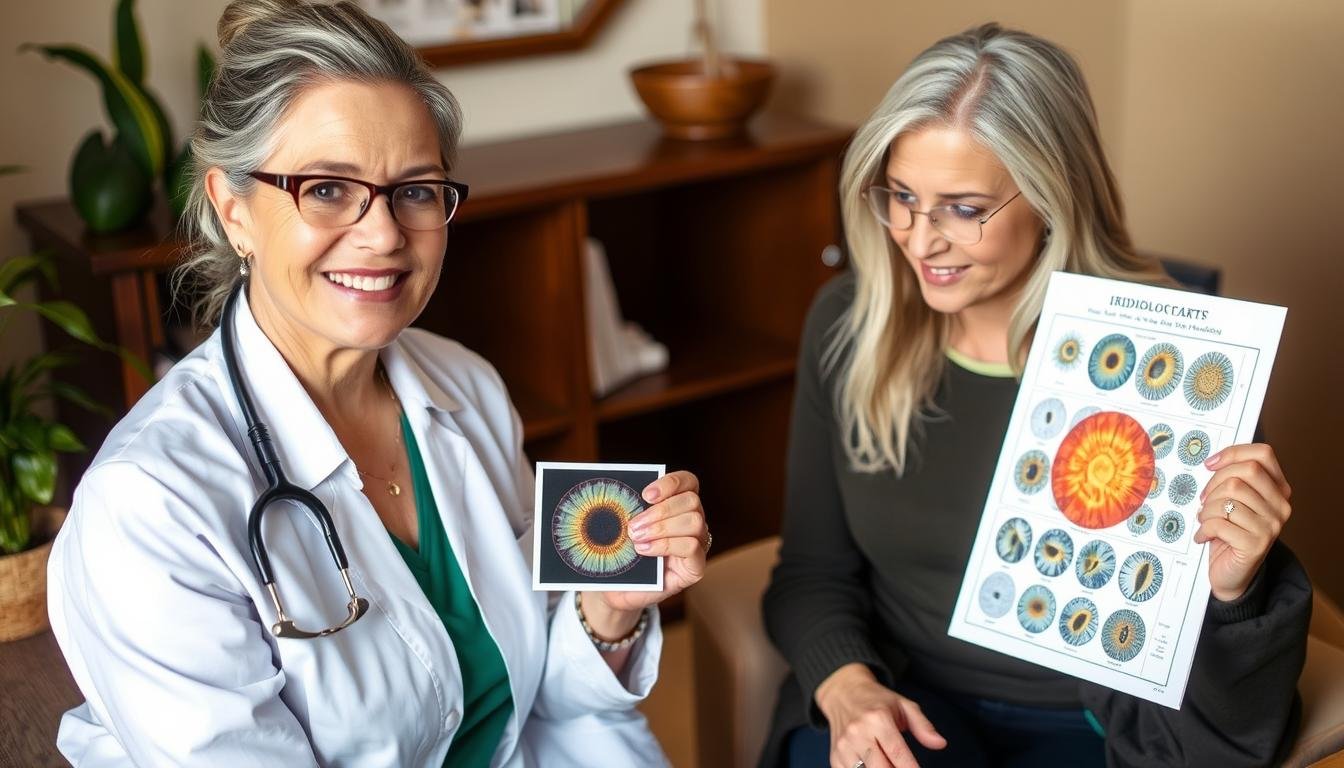The human iris contains intricate patterns as unique as fingerprints. For centuries, holistic practitioners have studied these patterns using иридологические диаграммы to gain insights into a person’s health. These detailed maps of the iris serve as windows into the body’s condition, revealing potential imbalances and strengths. While conventional medicine approaches the eye primarily for vision assessment, iridology examines the eye as a reflection of overall wellness. This practice continues to evolve, with practitioners worldwide incorporating иридологические диаграммы into their holistic health assessments.What Is an Иридологическая таблица?
Ан иридологическая карта is a diagnostic tool that maps regions of the iris to corresponding body systems and organs. These detailed maps serve as reference guides for practitioners to interpret the markings, colors, and patterns observed in a person’s iris. By examining these features, iridologists aim to identify potential health imbalances and constitutional strengths.
The practice of examining the iris for health insights dates back thousands of years. Ancient texts from China, Egypt, and Greece mention correlations between eye characteristics and health conditions. However, modern iridology began taking shape in the 19th century when Hungarian physician Ignaz von Peczely published the first detailed iris chart in 1881. His observations allegedly began when he noticed changes in an owl’s iris after the bird suffered a broken leg.
Another pioneer, Swedish homeopath Nils Liljequist, independently developed similar theories after observing changes in his own iris following medication. By the early 20th century, German practitioner Pastor Emanuel Felke further refined these concepts, establishing iridology as a complementary health assessment method. Today’s иридологические диаграммы have evolved to include more detailed mappings while maintaining the core principle that the iris reflects the body’s condition.
4 Key Components of an Иридологическая таблица
Understanding the fundamental elements of an иридологическая карта is essential for practitioners and those interested in this holistic assessment method. These charts combine several layers of analysis to create a comprehensive picture of potential health conditions.
Iris Zones in Иридологические диаграммы
The iris is divided into multiple zones, each corresponding to specific body systems and organs. Most иридологические диаграммы use a clock-face approach, with the pupil at the center. The right iris generally reflects the right side of the body, while the left iris corresponds to the left side. These zones are arranged in concentric rings:
- The innermost zone (closest to the pupil) typically relates to the digestive system
- The middle zone corresponds to the circulatory system, muscles, and major organs
- The outer zone reflects the skin, lymphatic system, and extremities
- Specific clock positions indicate particular organs (e.g., liver at 8 o’clock in the right eye)
Color Markings Interpretation
The colors present in the iris provide significant information in иридологические диаграммы. Practitioners analyze both the base color and any variations or markings:
| Iris Color/Marking | Традиционная интерпретация | Associated Body Systems |
| Blue/Gray Base | Lymphatic constitution, potential sensitivity | Lymphatic, respiratory systems |
| Brown/Amber Base | Hematogenic constitution, greater resilience | Blood, liver, metabolic processes |
| Mixed/Hazel Base | Biliary constitution, mixed characteristics | Digestive, hepatic functions |
| White Markings | Acute inflammation or hyperactivity | Varies by location |
| Темные пятна | Potential toxin accumulation or underactivity | Varies by location |
Fiber Structure Analysis
The iris contains thousands of nerve fibers that create distinctive patterns. Iridology charts categorize these patterns to assess tissue integrity and potential weaknesses:
- Tightly woven fibers: Generally associated with stronger constitutional health
- Loose or separated fibers: May indicate areas of weakness or genetic predisposition
- Lacunae (pit-like formations): Potentially indicate inherent weaknesses in specific organs
- Radii solaris (spoke-like lines): May suggest toxin elimination pathways or areas of stress
Constitutional Types
Many иридологические диаграммы incorporate constitutional typing, which categorizes individuals based on their iris characteristics. These types suggest inherent strengths and potential vulnerabilities:
Лимфатический тип
Characterized by blue/gray iris, often with visible white fibers. May have predispositions to respiratory and lymphatic conditions but often show strong healing responses.
Hematogenic Type
Identified by brown/amber iris coloration. Often associated with stronger metabolic functions but may experience challenges with liver and blood-related conditions.
Mixed Biliary Type
Displays combinations of colors (hazel/mixed). Shows characteristics of both types with particular attention to digestive and hepatic functions.
Practical Applications of Иридологические диаграммы
While theoretical understanding of иридологические диаграммы is important, their practical application in holistic health assessment demonstrates their utility. Practitioners use these charts as part of a comprehensive approach to wellness.
Практический пример: использование Иридологические диаграммы for Digestive Health
Digestive issues are among the most common concerns addressed through iridology. The digestive system typically corresponds to the innermost zone of the iris, surrounding the pupil. Here’s how practitioners might apply иридологические диаграммы in a digestive health assessment:
“A 42-year-old client presented with chronic digestive discomfort and fatigue. Examination of her iris revealed pronounced lacunae in the stomach and intestinal zones (3-5 o’clock in the left iris). Additionally, white stress lines were observed radiating from these areas. Using the иридологическая карта as reference, we developed a holistic protocol focusing on digestive enzyme support, anti-inflammatory herbs, and stress management techniques. After three months, both symptoms and iris markings showed noticeable improvement.”
– Dr. Elena Mikhailov, Holistic Health Practitioner
Discover Your Personal Iris Analysis
Our certified practitioners can provide a comprehensive iris assessment to identify potential health patterns and create a personalized wellness plan.
Запланируйте консультацию
Identifying Toxin Accumulation Patterns
Another practical application of иридологические диаграммы involves identifying potential toxin accumulation in the body. Practitioners look for specific markings that may indicate areas where toxins have concentrated:
- Dark spots or patches: May indicate areas of toxin settlement or cellular damage
- Желтоватый оттенок: Often associated with liver burden and impaired detoxification
- White cloudy areas: Potentially indicate acute inflammatory responses to toxins
- Radii solaris (spoke-like lines): May represent elimination pathways under stress
Practitioners use these observations alongside other assessment methods to develop comprehensive detoxification protocols. These might include dietary modifications, herbal support for elimination organs, and lifestyle adjustments to reduce toxic exposure. The иридологическая карта serves as both an initial assessment tool and a way to monitor progress as the body’s detoxification pathways improve.
Integrating Иридологические диаграммы with Other Modalities
Holistic practitioners rarely use иридологические диаграммы in isolation. Instead, they integrate this assessment method with other diagnostic approaches to create a more comprehensive understanding of health. This integration strengthens the overall assessment and provides multiple perspectives on potential imbalances.
| Assessment Method | Key Focus Areas | Complementary Aspects with Иридология |
| Tongue Diagnosis | Current digestive state, circulation, toxin levels | Provides real-time status while iridology shows constitutional patterns |
| Pulse Reading | Organ function, energy flow, acute conditions | Reveals dynamic energy states while iridology shows structural tendencies |
| Face Mapping | Skin conditions, hormonal balance, circulation | Shows external manifestations while iridology reveals internal patterns |
| Laboratory Testing | Biochemical markers, nutrient levels, pathology | Provides objective measurements while iridology suggests areas for testing |
When practitioners combine these assessment methods, they create a multi-dimensional view of health. For example, an iridology assessment might reveal constitutional weakness in the digestive system, while tongue diagnosis confirms current digestive distress, and laboratory tests identify specific nutrient deficiencies. This comprehensive approach allows for more targeted and effective interventions.
Улучшите свою целостную практику
Download our comprehensive guide to integrating iridology with other assessment methods for a more complete approach to client wellness.
Get Free Guide
Modern Innovations in Иридологическая таблица Technology
While traditional иридологические диаграммы remain valuable tools, technological advancements have transformed how practitioners capture, analyze, and interpret iris patterns. These innovations enhance accuracy, improve documentation, and allow for more detailed analysis.

Digital Iris Photography
High-resolution digital cameras with specialized macro lenses now capture incredibly detailed iris images. These systems often include standardized lighting to ensure consistent color representation and eliminate reflections that might obscure important markings.
Automated Analysis Software
Specialized software can now overlay иридологические диаграммы onto iris photographs, automatically identifying zones and highlighting potential areas of interest. Some programs even attempt to quantify changes in tissue density, fiber patterns, and pigmentation.
Comparative Analysis Tools
Modern systems allow practitioners to compare iris photographs taken over time, providing objective documentation of changes. This feature is particularly valuable for monitoring responses to interventions and tracking long-term health patterns.
| Особенность | Traditional Iridology Charts | Digital Iridology Systems |
| Захват изображения | Magnifying lens or simple camera | High-resolution digital imaging with standardized lighting |
| Analysis Method | Manual comparison to printed charts | Software-assisted mapping with digital overlays |
| Документация | Hand-drawn notes and observations | Automated reports with measurements and comparisons |
| Клиентское образование | Static printed materials | Interactive displays and personalized visual reports |
| Распознавание образца | Practitioner experience and training | AI-assisted pattern identification with reference databases |
Despite these technological advances, the interpretation of иридологические диаграммы still relies heavily on practitioner expertise. The most effective approach combines the precision of digital tools with the nuanced understanding that comes from clinical experience and holistic health knowledge.
Часто задаваемые вопросы о Иридологические диаграммы
How accurate are иридологические диаграммы for health assessment?
The accuracy of иридологические диаграммы is a subject of ongoing debate. While many holistic practitioners report valuable insights from iris analysis, conventional medicine has not found sufficient scientific evidence to support iridology as a diagnostic method. Most practitioners view iridology as one component of a comprehensive assessment rather than a standalone diagnostic tool. Its greatest value may be in identifying constitutional tendencies and potential areas of weakness rather than diagnosing specific diseases.
Может иридологические диаграммы detect serious health conditions?
Iridology is not designed to diagnose specific diseases or replace conventional medical testing. Rather than detecting conditions directly, иридологические диаграммы may reveal patterns of tissue weakness or stress that could contribute to health issues. Responsible practitioners use iridology as a screening tool to identify areas that may benefit from further investigation through conventional medical testing. Any concerning findings should always be evaluated by appropriate medical professionals.
How long does it take to learn how to read иридологические диаграммы?
Developing proficiency in reading иридологические диаграммы typically requires significant study and practice. Most professional training programs range from 6 months to 2 years, combining theoretical knowledge with practical experience. Mastery often comes after several years of clinical application. The learning process involves understanding iris anatomy, memorizing chart zones, recognizing various markings and their significance, and integrating this knowledge with broader holistic health principles.
Делать иридологические диаграммы vary between different schools of practice?
Yes, there are several different systems of iridology, each with its own approach to chart mapping. The most common are the European/German school (emphasizing constitutional types), the American school (focusing on detailed organ correspondences), and the Russian school (integrating embryological development). While these systems share fundamental principles, their иридологические диаграммы may differ in how they divide the iris and interpret certain markings. Practitioners often study multiple systems to develop a more comprehensive approach.
Есть еще вопросы об иридологии?
Our team of certified practitioners is available to answer your questions and provide personalized guidance on how iridology might support your health journey.
Contact Our Experts
Embracing the Wisdom of Иридологические диаграммы in Modern Holistic Practice
Iridology charts represent a fascinating intersection of ancient wisdom and modern holistic health practices. While scientific validation remains limited, many practitioners and clients find value in the insights these charts provide. The most balanced approach views iridology not as a replacement for conventional medicine but as a complementary tool that may offer unique perspectives on health patterns.
As with any assessment method, the true value of иридологические диаграммы lies in how they inform practical steps toward improved wellbeing. When integrated with other holistic and conventional approaches, iridology can contribute to a more complete understanding of individual health needs. Whether you’re a practitioner looking to expand your assessment tools or someone curious about holistic health approaches, exploring the world of iridology offers a unique window into the body’s intricate patterns and potential.






